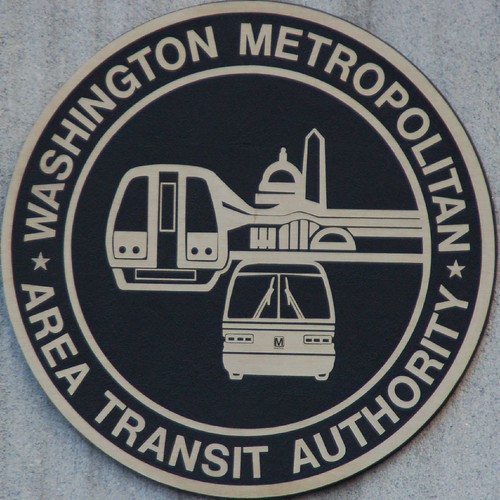Daimler’s car2go, carsharing in the smart fortwo, comes to Austin, Texas this fall
(Source: Autobloggreen)
The capital of Texas with its 750,000 residents is appreciably bigger than Ulm and is distinguished by its open-mindedness and its very involved citizens. “We very much look forward to becoming the first international partner of car2go,” says mayor Will Wynn. “Our city is known for its strong sense of environmental responsibility. car2go fits this wonderfully because we can then offer the residents of Austin an intelligent mobility concept with a high positive environmental factor. The project has our full support.”As in the first phase of the German pilot project, car2go will begin in Austin with a defined group of users, for example city employees. It is then planned to make car2go accessible to the public in Austin in a second step. Other factors predestining Austin to be the first international car2go city are the city’s size and its up-to-date economic structure. Among other things it is the location of the fourth largest university in the USA. Beginning in autumn 2009 a fleet expected to number 200 smart fortwo mhd vehicles with automatic start/stop function will be put into operation there.





 The
The 


